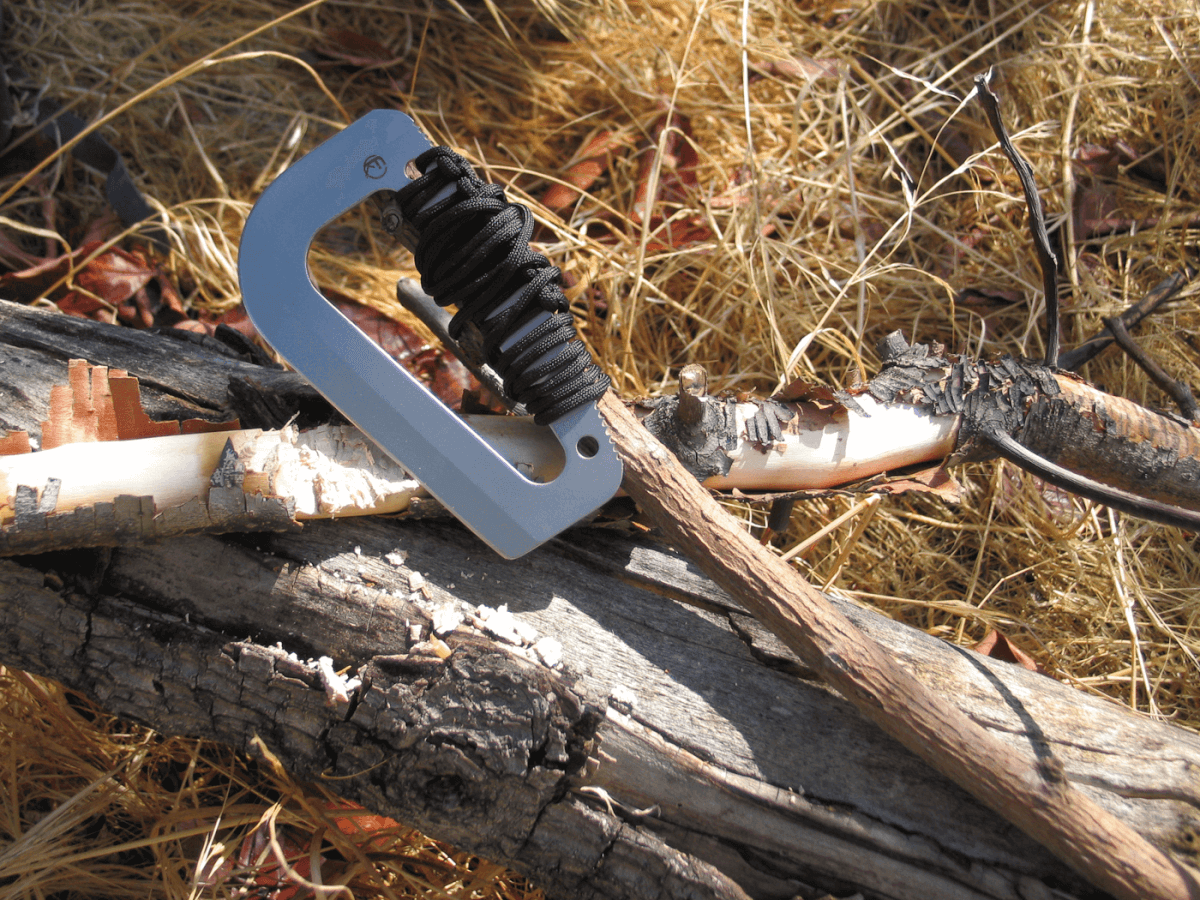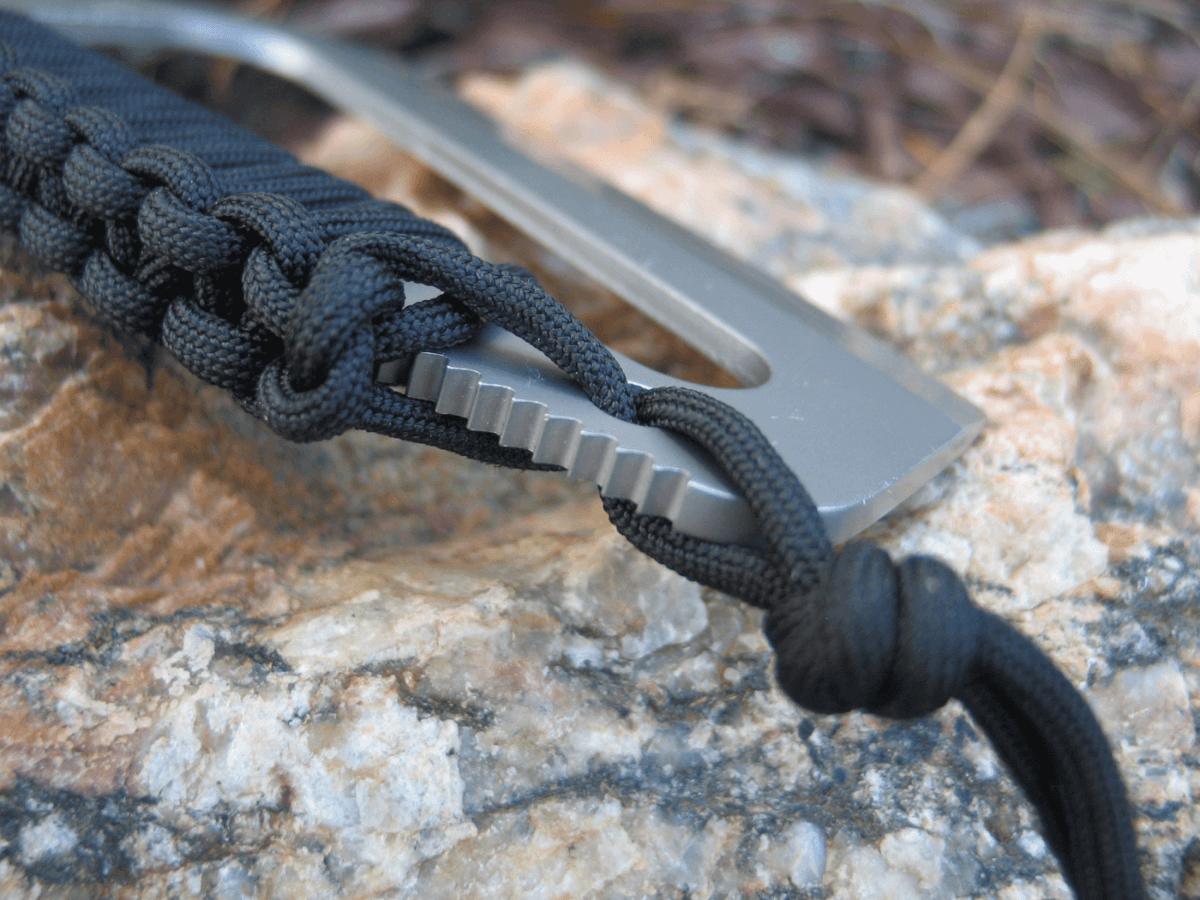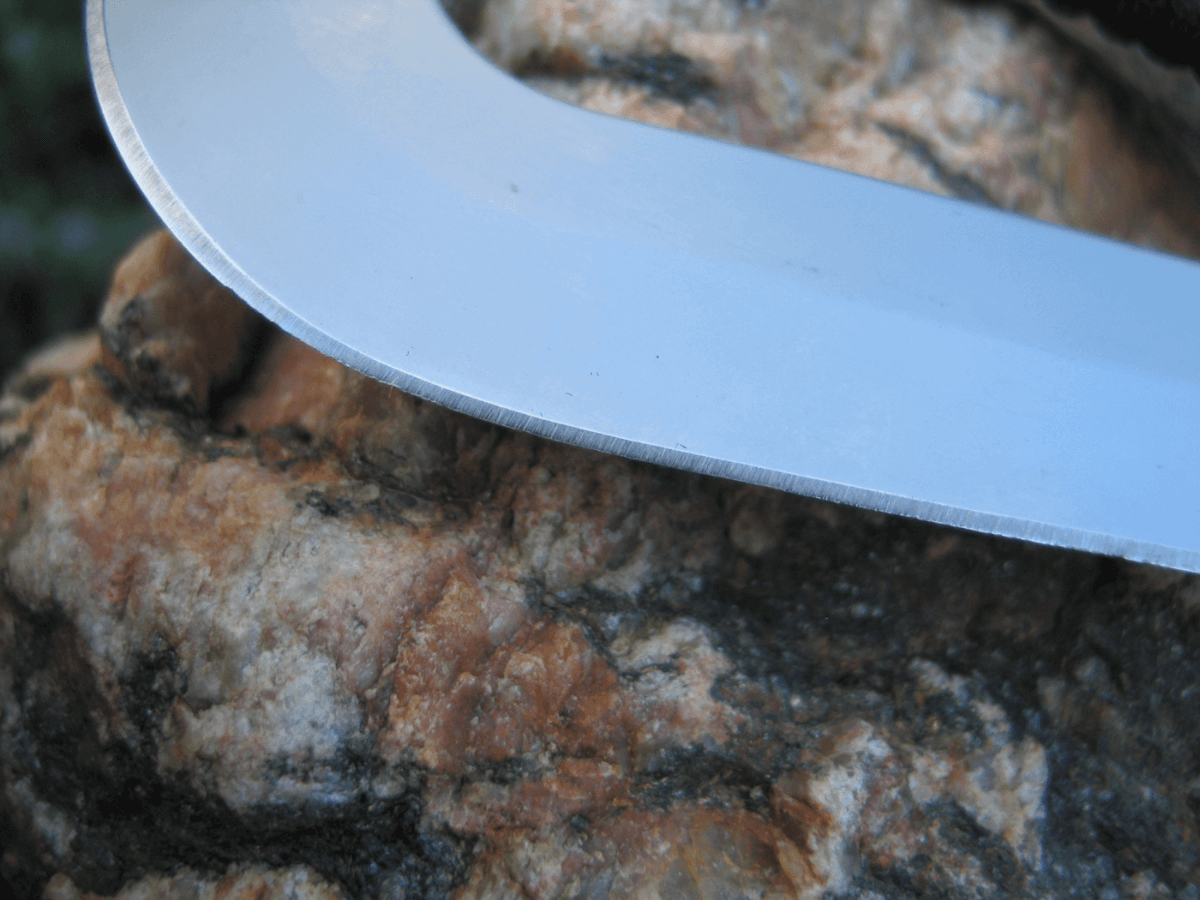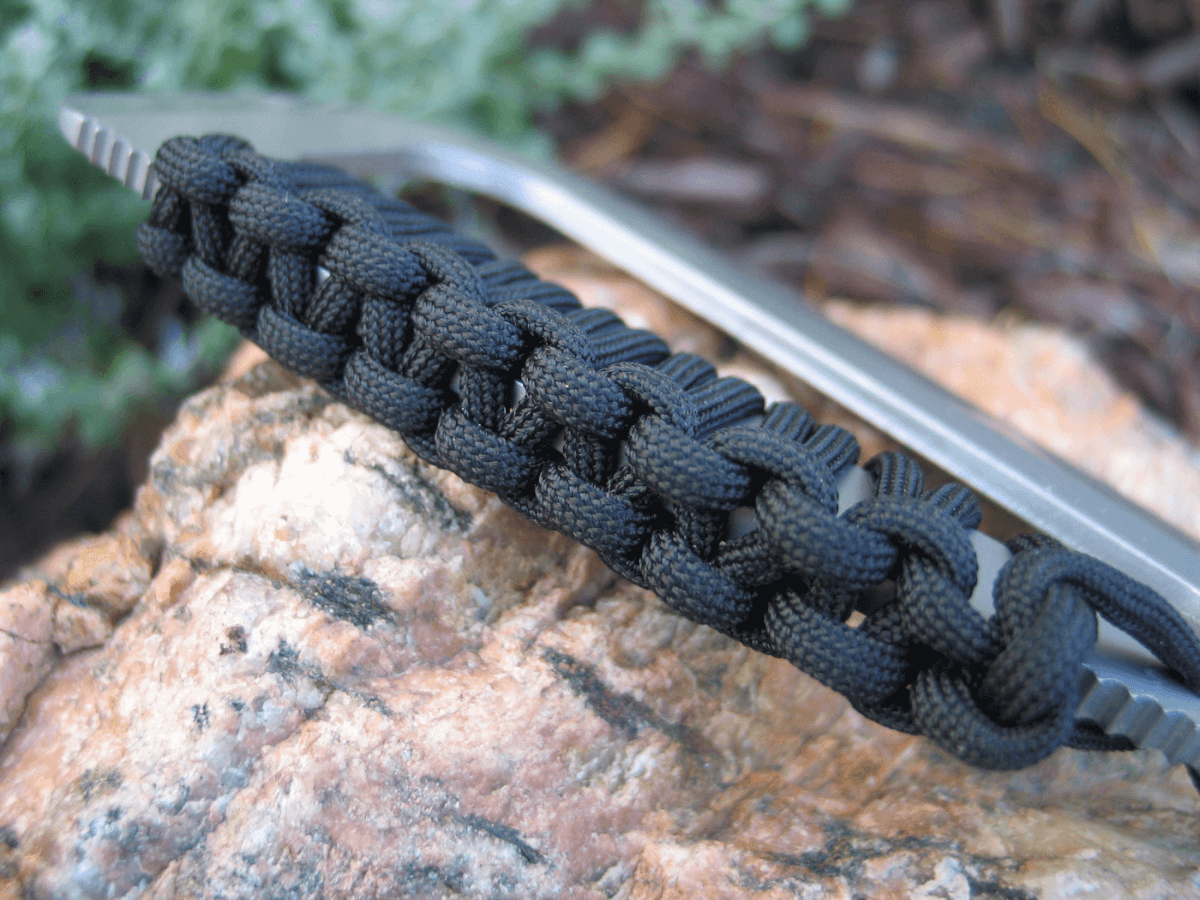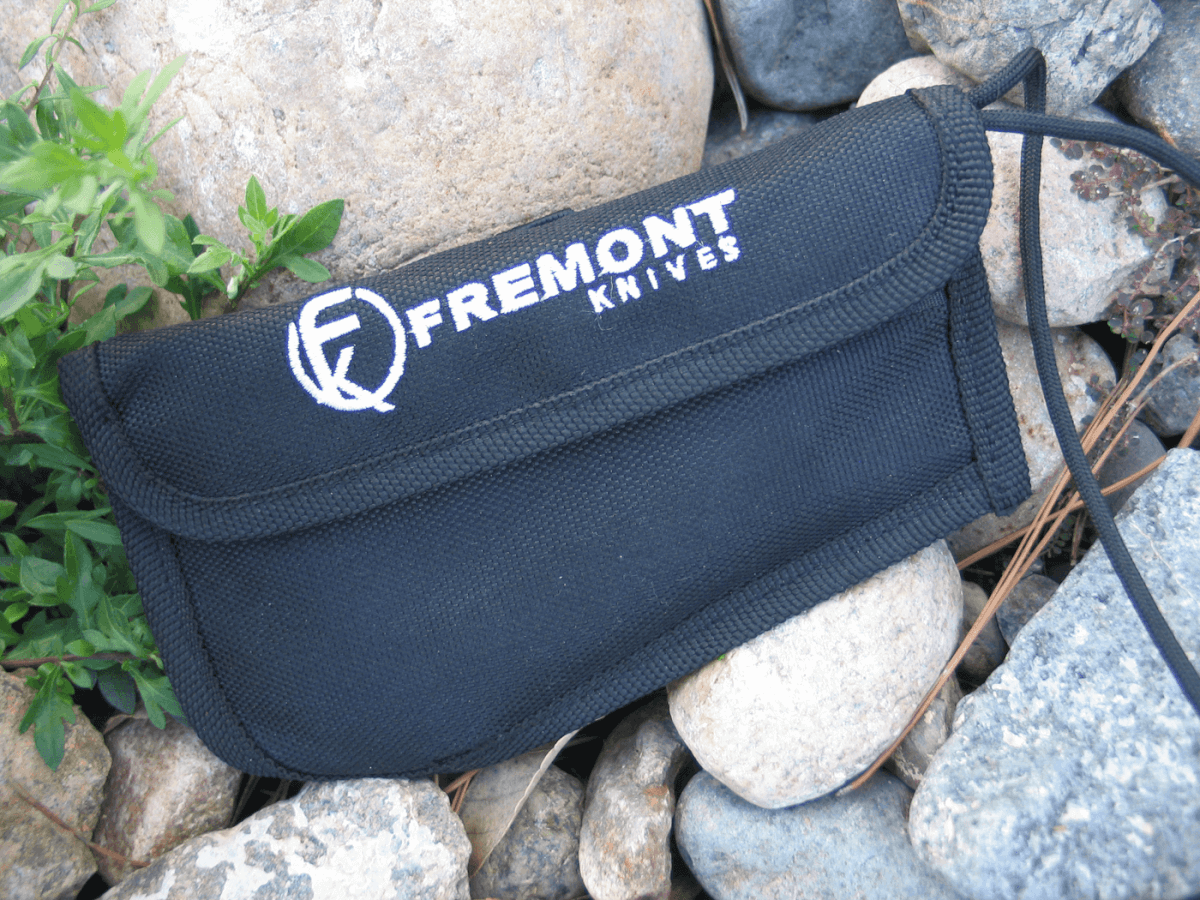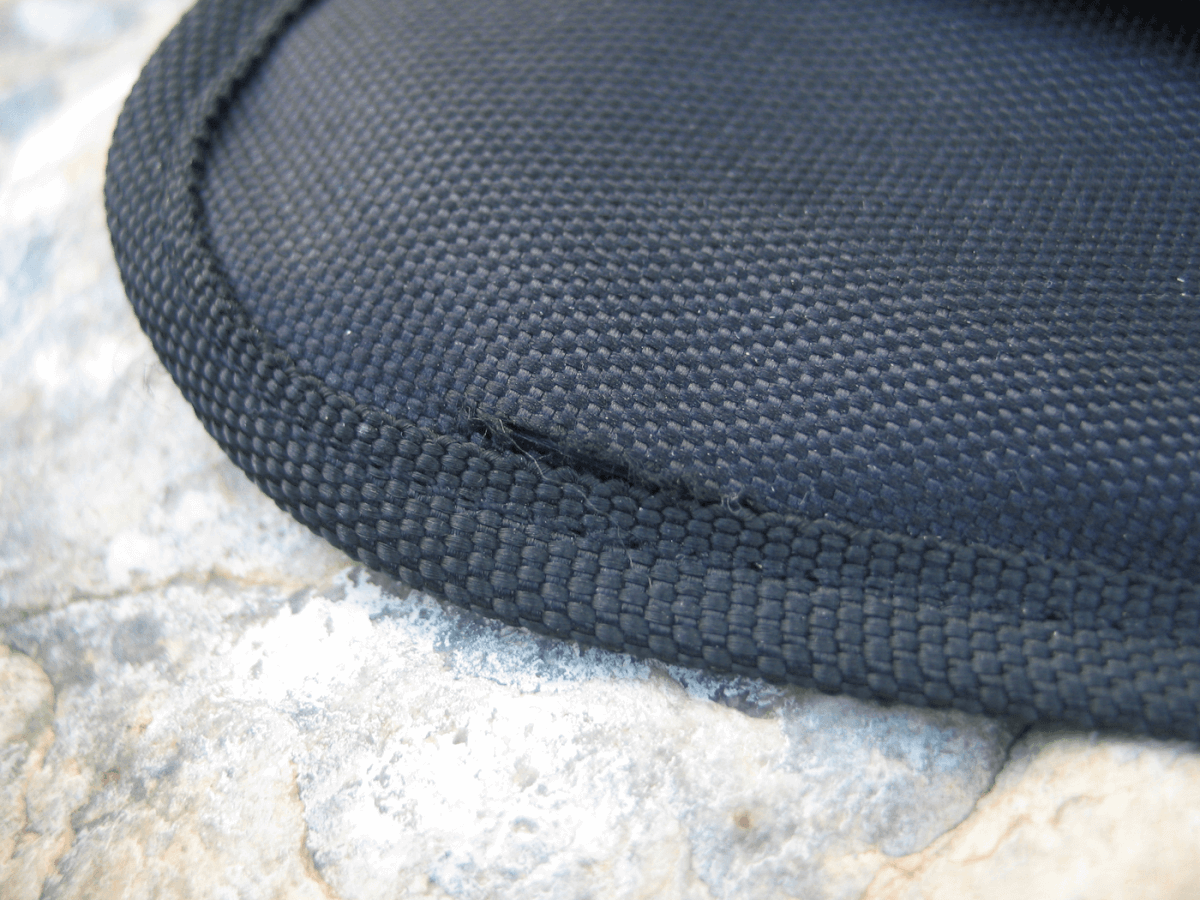Imagine man standing before the dawn of civilization, a mere 20,000 years ago.
He is a nomadic animal possessing keen senses and the basic needs of shelter, warmth, safety and food, and his tools are only as limited as his ability to create them. For thousands of years before metals were discovered, humans made tools from stone and animal bone, as they were both readily available and easily workable. They knew how to choose the best type of rock for each tool, and how to manufacture the tool so it had a sharp edge for cutting and scraping, or a sharp point for piercing.
The large quartzite biface or the Clovis spear point are excellent examples of man’s early ability to survive in a harsh environment. Tools were simple and easy to adapt; they made one tool that could do multiple tasks, and it was not adorned with frills or fancy scrollwork. It was made to get the job done efficiently and quickly.

The essence of man’s needs haven’t changed since then. In a man-verses-nature scenario, all we want are the basic needs of shelter, warmth, safety and food. That concept is what makes this tool so unique and interesting, as Fremont Knives has developed the Farson Blade based on an ancient stone tool found near the vast prehistoric graveyards of Farson, Wyoming, which was once a jungle paradise.
The D-shaped stainless steel is impervious to rust and corrosion and easily cleanable. Since it has no attachments, accessories or extras, there’s nothing to get damaged, lost or broken. It slices, chops and skins. It can be made into a weapon or an ax. It can act as a fine-bladed tinder maker, but is small enough to pack easily or wear nearly unnoticed on your belt.
The jimping on the fore and aft of the spine offers a sturdy platform on which to add additional power without the fear of slippage, while the eight feet of paracord softens the handle slightly and provides a lengthy lanyard. Without the paracord, the blade would be uncomfortable to use for any period of time. There are two holes in the face of the blade’s handle, which not only afford a place to lock down the paracord, but when converting this to a makeshift ax/hatchet, allow tie-off points to strengthen the tool’s conversion to an ax/hatchet.

Mimicking its original obsidian forefather, the Farson Blade, with its very narrow profile, would make a wonderful hide scraper if you didn’t mind your hand and fist getting up close and personal when gutting a deer (unlike a handled knife). Around the campfire, this blade is a champion of chopping, especially considering that you can position it in such a way that the weight of your hand and arm is directly over what you are cutting.
This will not be your primary knife, for certain, but this knife was made to answer the question of what should your secondary blade be. It comes standard in a flimsy canvas pouch which the sharp edge of the Farson will saw through in no time, but Fremont Knives offers a leather upgrade for an additional $20.

- Length Overall: 6 inches
- Height: 3.1 inches
- Blade thickness: 0.140 inches
- Cutting edge (curved): 7.75 inches
- Blade material: 4CR15 stainless steel
- Handle: 550 Black Paracord
- Sheath: Nylon with plastic Insert
- Source: fremontknives.com
- MSRP: $49.00
Editor’s note: A version of this article first appeared in the April 2015 print issue of American Survival Guide.


